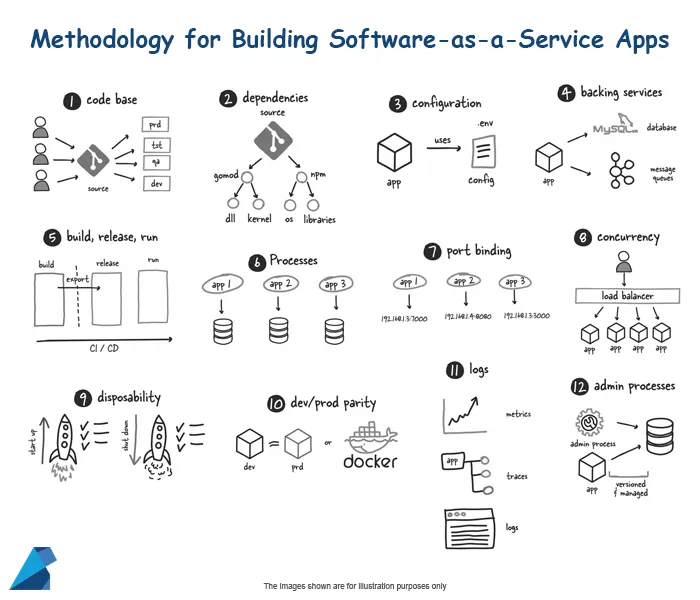
Cloud computing has revolutionized how businesses manage and scale their IT resources, offering unparalleled flexibility and efficiency. Here’s a deep dive into how cloud computing enhances scalability and performance, leveraging insights from recent discussions on platform X.
Understanding Cloud Computing Benefits:
The essence of cloud computing lies in its ability to adapt to varying demands with ease. From scalability to global reach, here’s why moving to the cloud is a strategic advantage for many:
- Scalability: Cloud environments can scale resources up or down swiftly, aligning with business needs without the physical constraints of on-premise deployments. This elasticity ensures that businesses only pay for what they use, optimizing costs.
- Performance Enhancements: Cloud providers invest heavily in optimizing their infrastructure, often leading to performance improvements like faster processing times and reduced latency through strategies like load balancing and content delivery networks.
- Cost Savings: While not directly from the source, it’s commonly discussed how cloud solutions can lead to significant savings due to reduced capital expenditure on hardware and lower operational costs.
- Global Reach and Availability: Cloud platforms offer services globally, reducing latency by serving content from the nearest data center, ensuring high availability which is crucial for a seamless user experience.
Strategies for Scaling in the Cloud:
Recent discussions on X highlight several strategies for effective scaling:
- Stateless Services: Designing services that don’t rely on server-specific data allows for easier scalability as services can be added or removed without affecting the overall system state.
- Horizontal Scaling: Instead of upgrading single machines, adding more machines to distribute the load is a popular strategy in cloud architectures, enhancing both performance and redundancy.
- Load Balancing: Distributing network traffic across multiple servers to optimize resource use, maximize throughput, minimize response time, and avoid overload of any single resource.
Cloud Computing vs. Edge Computing:
When considering performance, the debate between cloud and edge computing often surfaces. While cloud computing centralizes resources, edge computing brings computation closer to the data source, reducing latency for specific applications. However, cloud computing’s scalability remains unmatched for applications requiring global reach and extensive processing capabilities.
Conclusion:
Cloud computing stands out as a pivotal technology for modern enterprises looking to scale efficiently and improve performance. By leveraging the cloud, companies can innovate faster, reduce costs, and provide better services. The insights shared across platforms like X underline a growing consensus: for scalability and performance, the cloud is not just an option but a necessity in today’s digital landscape. As businesses continue to evolve, so too will the strategies and technologies within cloud computing, promising even greater efficiency and performance enhancements in the future.




